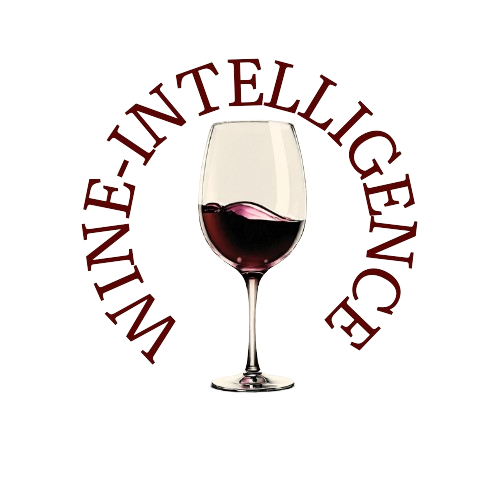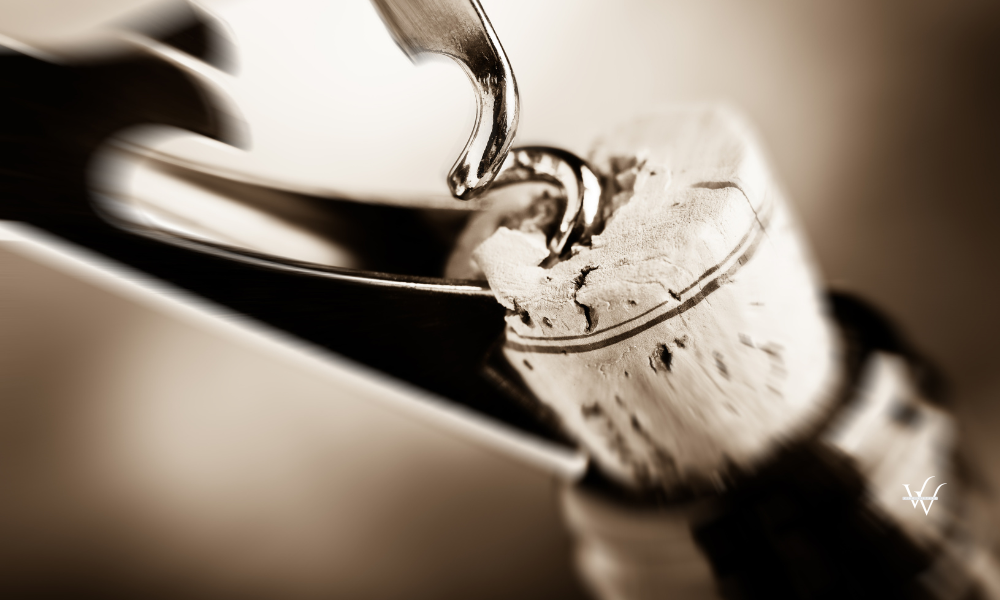Global financial markets rallied through the third quarter of 2025, buoyed by renewed optimism surrounding economic growth and the potential for gradual rate cuts, even as inflation remained persistent.
US equities hit new record highs on the back of robust earnings and continued enthusiasm for AI-related sectors, while European markets were mixed — Germany lagged due to weak industrial data, but France and the UK showed surprising resilience. In parallel, gold surged as investors sought safe havens amid geopolitical tensions and uncertainty linked to evolving US tariff policies. Bond markets saw modest gains, reflecting a cautious but steady central bank stance.
This improved sentiment helped stabilise investor confidence after a volatile first half, setting a firmer tone for alternative assets, including fine wine, heading into the final quarter of the year, as reported by WineCap.
Fine Wine Market: Signs of Recovery Take Hold
After two years of steady decline, Q3 2025 marked a turning point for the fine wine market. Several Liv-ex regional indices posted gains, and the Liv-ex 50, tracking Bordeaux First Growths, saw monthly growth for the first time in three years. The Liv-ex 100 rose 1.1% in September, supported by a strengthening bid:offer ratio of 0.70 — its highest level since April 2023 — indicating growing buyer activity and renewed confidence.
Although it remains premature to declare a full recovery, the data points to a maturing phase in the correction cycle, where value-oriented buyers are re-engaging with the market instead of reacting to price declines.
La Place de Bordeaux: Tepid Response to Global Releases
The annual La Place de Bordeaux autumn campaign in September featured more than 130 global releases, but its impact on market momentum was limited. Many wines struggled to justify their release prices compared to older vintages already available on the market. Even established labels such as Opus One, Masseto, Ornellaia, Solaia, and Penfolds faced subdued demand.
Uncertainty surrounding tariffs, combined with oversupply and cautious investor sentiment, muted enthusiasm. Unless pricing discipline and value alignment improve, the campaign risks further disengagement from buyers.
Liv-ex Indices Reflect Gradual Stabilisation
The Liv-ex 100 Index recorded its first quarterly gain since the downturn began, rising 0.4% over Q3. Losses in July and August were offset by a 1.1% rebound in September. The broader Liv-ex 1000 Index dipped 0.5% for the quarter but mirrored the same late-period recovery.
Among regional sub-indices:
- Champagne remained the standout performer, holding flat over the quarter amid steady US and Asian demand.
- Rhône wines inched upward, reflecting continued appreciation for value-driven regions.
- Italy (+0.4%) and the Rest of the World 60 (+0.3%) also posted gains, while Bordeaux (-1.7%) and Burgundy (-0.2%) continued to soften.
Still, three Bordeaux sub-indices turned positive in September, including those tracking the First Growths, Second Wines, and Right Bank 100, signalling a potential floor for prices.
2025: A Market Defined by Selectivity and Scarcity
Even amid broader market correction, select wines delivered strong double-digit returns. The gap between the best-performing wines (+18% on average) and the Liv-ex 1000’s year-to-date decline (-4.7%) underscores the importance of selectivity in fine wine investment.
Three key trends shaped 2025’s outperformers:
-
“Off” Vintages Regain Appeal:
Bordeaux 2013 and 2014 wines — once overlooked — gained traction for their finesse and drinkability. Examples include Château Les Carmes Haut-Brion (+38.2%) and Château Beychevelle (+22.2%). -
Rhône’s Value Proposition:
Wines like Vieux Télégraphe 2020/2021 and Jaboulet La Chapelle 2014 delivered steady gains thanks to strong critical acclaim and limited production. -
Scarcity Drives the Top End:
Blue-chip wines such as Domaine de la Romanée-Conti and Screaming Eagle continued to attract strong demand, proving that rarity and prestige remain decisive market forces.
Champagne Shines: Taittinger’s Comtes de Champagne 2014
Among the year’s notable highlights, Taittinger’s Comtes de Champagne 2014 garnered critical acclaim with 97 points from both Vinous and The Wine Advocate. Drawing comparisons to the legendary 2008 vintage — now trading at a 40% premium — the 2014 release represents the last truly cool-climate Champagne vintage, enhancing its collectability.
Market snapshot:
- Release price: GBP 1,190 (EUR 1,368) per 12×75
- Ranking: 62nd in the 2024 Liv-ex Power 100 (up nine places)
- Performance: Outpaced Dom Pérignon and Cristal during the 2020–2023 bull run
Its balance of critic approval, relative affordability, and scarcity reinforces Champagne’s resilience as an investment category.
Lafleur’s Bold Shift: From Pomerol to Vin de France
In August, Château Lafleur announced that beginning with the 2025 vintage, it would leave the Pomerol AOC, labelling its wines Vin de France to allow greater viticultural flexibility amid accelerating climate change.
This unprecedented decision permits innovative practices — including controlled irrigation, canopy management, and soil shading — not currently authorised under the appellation system.
The move reflects Lafleur’s long-term, terroir-first philosophy and may strengthen its cult status rather than diminish it. Given Lafleur’s loyal collector base, limited production, and consistent critical success, any short-term market disruption is likely to be minimal.
Over time, however, label differentiation could create distinct trading dynamics between the final “Pomerol” and first “Vin de France” vintages, both of which will hold unique historical significance.
Outlook: A More Balanced Landscape Ahead
As 2025 enters its final quarter, fine wine appears to be stabilising in tandem with broader markets. The combination of selective buying, pricing discipline, and improving confidence hints at a more balanced close to the year.
While a broad-based rally remains unlikely in the near term, the signs of renewed activity and resilience — particularly in Champagne, Rhône, and off-vintage Bordeaux — suggest that the worst of the correction may be behind us.
For investors, the fine wine market is once again becoming a space where insight, scarcity, and patience are rewarded.
Source: WineCap

